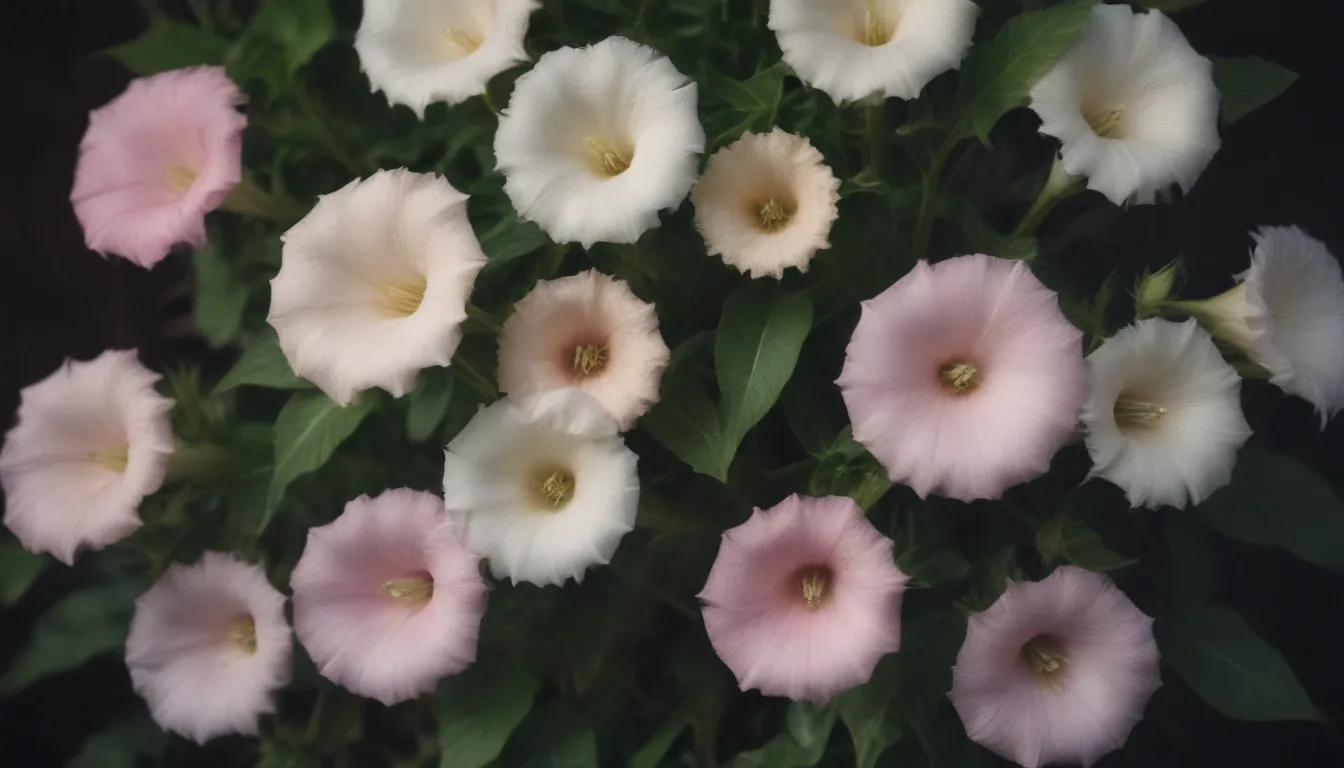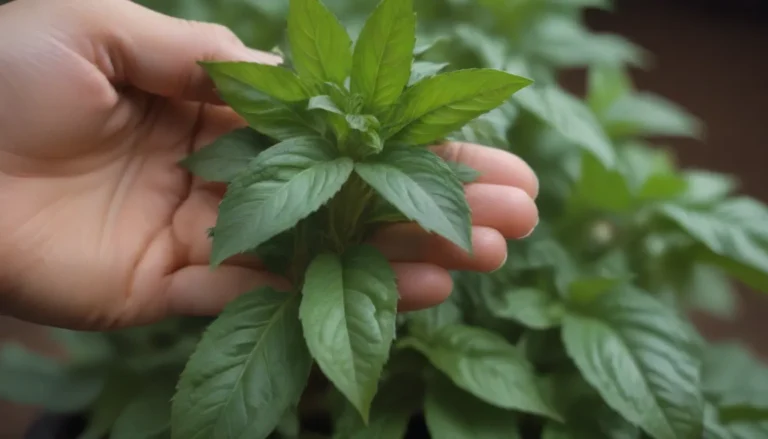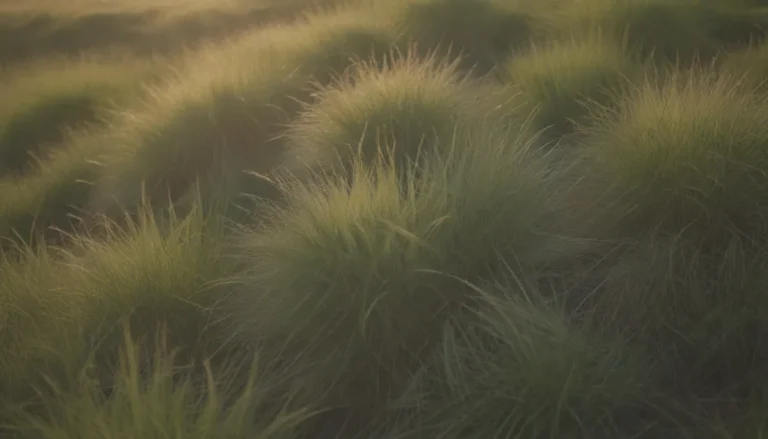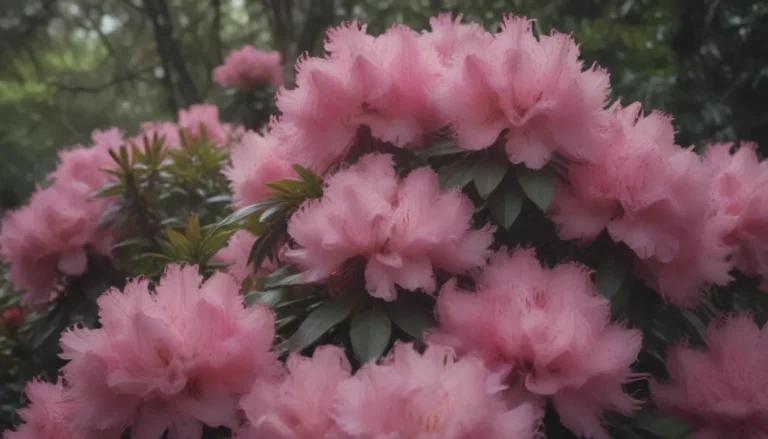Understanding and Dealing with the Pesky Bindweed

If you’re a gardener, you’ve probably had your fair share of battles with bindweed. This invasive plant, which hails from Europe and Asia, has been wreaking havoc in gardens and farms since the mid-1700s. Often mistaken for its more friendly relative, the morning glory, bindweed is a persistent vine that can quickly take over your beloved green spaces.
The Curse of Bindweed’s Invasiveness
Don’t be fooled by its delicate white-pink flowers and arrow-shaped leaves; bindweed is a force to be reckoned with. Classified as a noxious invasive weed in 35 states, this plant forms dense mats that suffocate native plants and take over everything in its path. From roadsides to grasslands, bindweed shows no mercy as it displaces the flora that once thrived in these spaces.
While it may be tempting to admire its flowers in hanging baskets, resist the urge to bring bindweed into your home. This plant is a master at escaping cultivation and spreading like wildfire. It’s a highly adaptable species that can thrive in various climates, making it a nightmare for gardeners everywhere.
Recognizing the Enemy: What Does Bindweed Look Like?
Before you can defeat bindweed, you need to know your enemy. This perennial vining plant snakes its way across the ground, climbing fences, plants, and anything else in its path. With medium-green, arrow-shaped leaves and dainty white-pinkish flowers, bindweed can easily blend into your garden until it’s too late.
There are two varieties of bindweed to watch out for: Convolvulus arvensis var. arvensis, with broader leaves, and Convolvulus arvensis var. linearfolius, featuring narrower leaves. Keep a sharp eye out for these sneaky invaders before they establish themselves in your garden.
The Battle Plan: How to Get Rid of Bindweed
When it comes to combating bindweed, vigilance and persistence are your best allies. Here are some strategies to help you win the war against this invasive plant:
- Cut bindweed at the soil level instead of pulling it up, as it will regrow from any root remnants left behind.
- Continually cut off bindweed at ground level to deprive the plant of its ability to photosynthesize, eventually causing it to die.
- For bindweed in your lawn, maintain healthy grass with proper nitrogen fertilizer to outcompete the intruder.
- If the infestation persists, use a post-emergent herbicide containing Quinclorac to target bindweed specifically.
Remember, patience is key when dealing with bindweed. It may take multiple attempts, but persistence will eventually pay off.
Preventing the Spread: A Proactive Approach to Bindweed Control
Since bindweed boasts an extensive root system, completely eradicating it may be challenging. However, there are steps you can take to prevent its spread and keep it in check:
- Do not let bindweed set seed after flowering to avoid further propagation.
- Dispose of bindweed in the trash instead of composting, as it can regrow from cuttings.
- Use glyphosate herbicide selectively and prevent drifting to avoid harming other plants.
- Consider planting shade-producing plants or using mulches to inhibit bindweed growth.
- Opt for tougher plants like pumpkins that can withstand bindweed and provide ground cover.
By implementing these preventive measures, you can minimize bindweed’s impact on your garden and maintain control over this persistent pest.
Conclusion
In the battle against bindweed, knowledge is power. By familiarizing yourself with this invasive plant’s characteristics and implementing effective removal and prevention techniques, you can protect your garden from its relentless takeover. Remember to stay vigilant, be patient, and take proactive steps to keep bindweed at bay. With dedication and persistence, you can reclaim your garden from the clutches of this formidable foe.





